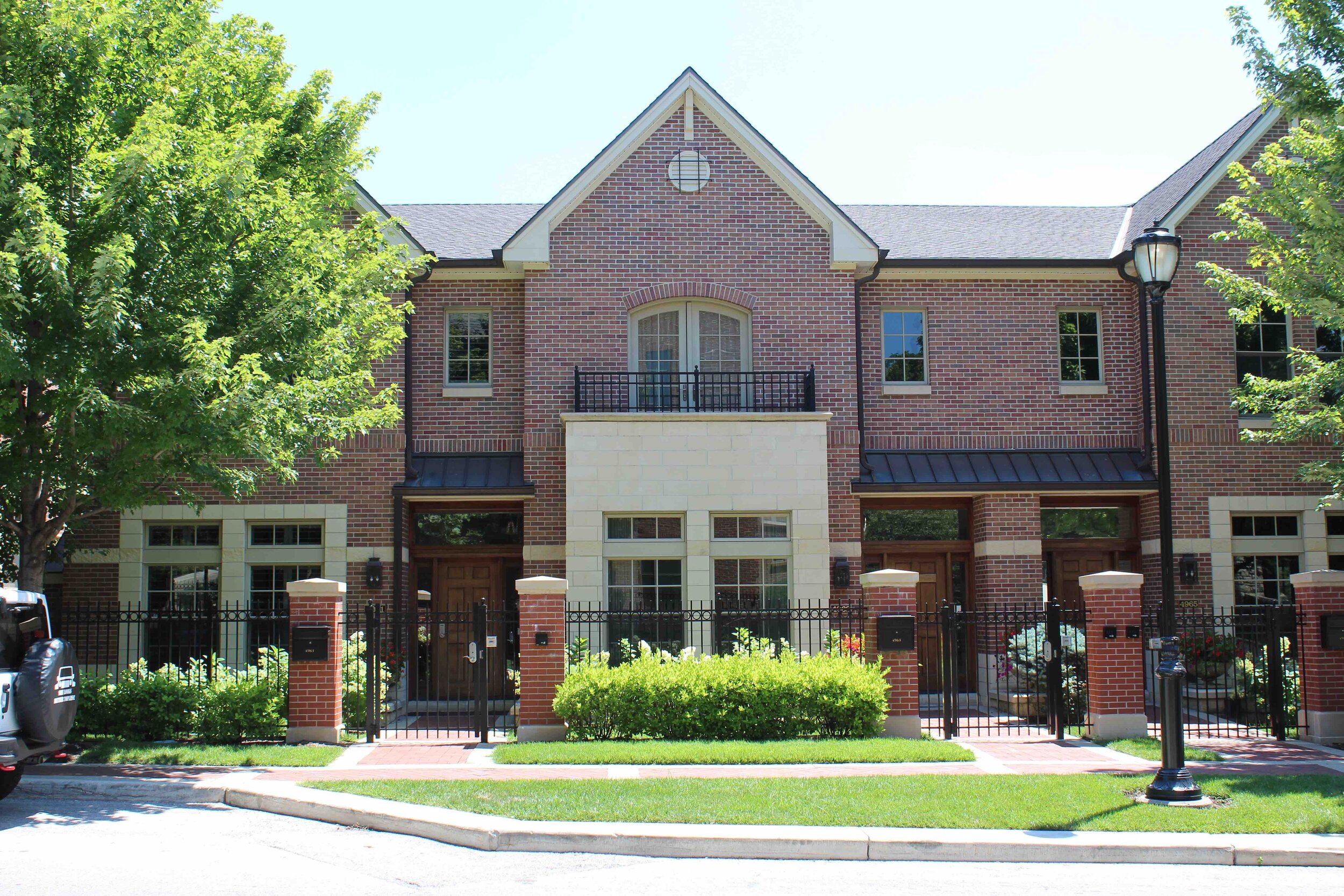 Posted Nov 9, 2020, 5:37 PM
Posted Nov 9, 2020, 5:37 PM
|
 |
Registered User
|
|
Join Date: Aug 2002
Location: Toronto
Posts: 52,200
|
|
|
Kansas City Has Everything It Needs
Kansas City Has Everything It Needs
October 29, 2020
By Daniel Herriges
Read More: https://www.strongtowns.org/journal/...thing-it-needs
Quote:
The Kansas City region is a poster child for America’s troubled suburban experiment. And its largest city of Kansas City, Missouri, now faces a painful reckoning with the cost. Decades of misguided decisions have thinned out the city’s population, destroyed the wealth of formerly vibrant neighborhoods, and incurred unsupportable liabilities.
- One thing to understand is that when Kansas City embraced the postwar gospel of freeways (more of them, per capita, than any other major U.S. city), free parking (oceans of it), and tax-subsidized malls and big box stores, it was turning its back on its own biggest strengths. And it wasn't alone: nearly every city did this to some extent in the second half of the twentieth century. — Kansas City proper encapsulates the resulting problems more than many cities because of its annexation practices, which brought huge tracts of suburban land into city limits. Unfortunately, the city has dug itself deeper every time it has tried to rebuild economic strength by playing the suburbs' game, instead of standing in contrast to suburbia as a different kind of place.
- Kansas City is not going to thrive by out-suburb-ing its own suburbs. This is especially true since the border-straddling metro area’s dueling tax structures, as dictated by state laws, provide an incentive for people who work in Missouri to live in Kansas. The assessment rate for residential property, the percent of its value that property tax is calculated on is 11.5% in Kansas versus 19% in Missouri. — But even without the tax differential fueling westward expansion into the Kansas suburbs, it would be true that suburban-style development is a money loser, producing less concentrated wealth while infrastructure liabilities such as roads, water and sewer are proportionately higher, sometimes by more than tenfold. And in a city that has not seen rapid population growth since the 1950s, and has experienced massive depopulation in its core, spending public money to do things that further suburbanize Kansas City is not a tenable path forward.
- Want a prosperous and resilient future? Embrace being something the suburbs can't match. That something is already in Kansas City’s own DNA. We said early on that Kansas City was a showpiece for City Beautiful ideas and thoughtful pre-automobile planning. But we didn't really illustrate what that meant. Here are a few strengths Kansas City can draw on that are rich parts of the city’s own inheritance. — Kansas City is a veritable alphabet of Missing Middle buildings. Duplexes, fourplexes, townhouses, small apartment buildings, all of various sizes and shapes: all of them are here, and they comprise much of the residential fabric of the older, originally streetcar-anchored neighborhoods that make up a disproportionate share of the city’s wealth.
Just a few economic development missteps:
• A giant stadium complex, situated at a junction of freeways on the outskirts of the city: an ideal location to attract suburban Kansas residents, but one that produces few spillover economic benefits for surrounding neighborhoods as a result of its design as an isolated, drive-in island. And this complex has enough parking to fit one-fifth of the entire city at once, at four to a car. Unsurprisingly, it has drawn controversy over the years over its repeated use of public subsidies.
• Tax incentives used for suburban retail: $27 million to redevelop a shuttered mall as a cluster of chain retail stores with less square footage than the mall it replaces, and now worth less than half of the public investment alone.
• Tax incentives used to replace a fine-grained urban neighborhood with a Home Depot and Costco that are substantially less valuable to the city than the surviving small buildings adjacent to them.
.....
|


 Newer, more contemporary buildings, too, have sprung up that fit into or build off of the same basic forms and patterns.
Newer, more contemporary buildings, too, have sprung up that fit into or build off of the same basic forms and patterns.



__________________
ASDFGHJK
|